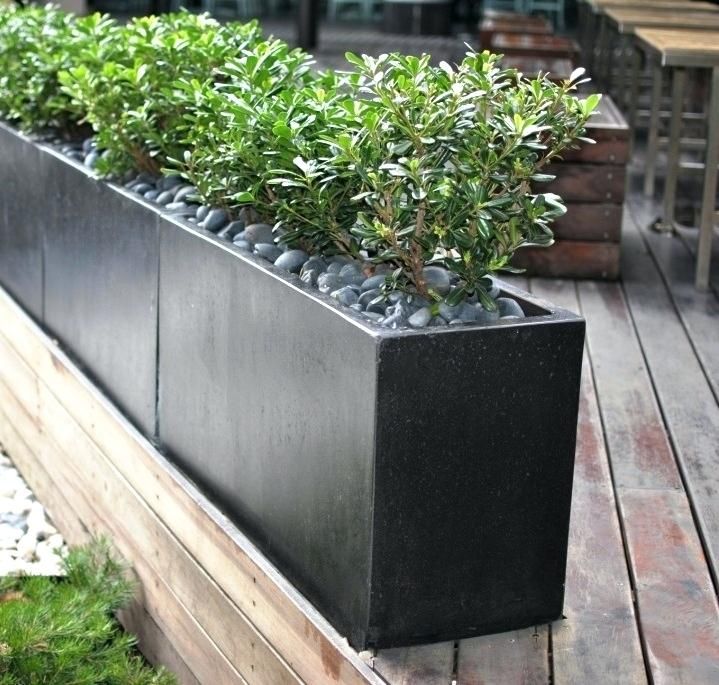Outdoor planters can add a boost of color and texture to your yard or patio. However, keeping plants alive through the cold winter months in planters can be challenging. When temperatures drop below freezing, the roots of potted plants are more exposed and vulnerable to damage than those planted in the ground. That is why properly insulating your outdoor planters before winter arrives is crucial for protecting your plants. This article will explain in detail various methods for insulating planters to keep your plants protected from freezing temperatures.
Choose Cold-Hardy Plants for Outdoor Planters
The first consideration when using outdoor planters is selecting plants with the appropriate cold hardiness for your climate zone. The USDA Plant Hardiness Zones provide a guide for the average lowest temperatures that different plants can withstand without damage Plants rated for at least one zone colder than your zone are best suited for outdoor planters
- For example, if you live in Zone 6, choose plants rated for Zone 5 or even Zone 4 for optimal winter hardiness.
This extra cold buffer gives container plants the resilience they need when their roots are more exposed than in-ground plants Prioritize hardy plants like evergreens, ornamental grasses, sedums, heaths, and heucheras for cold-climate planters.
Insulate the Sides of Planters
Insulating the sides of planters helps guard the vulnerable root ball from harsh winter winds and rapid temperature fluctuations that can damage roots and kill plants.
-
Rigid foam insulation board is easy to cut to size and wrap snugly around planters. Make sure it does not block drainage holes.
-
Alternatives like bubble wrap, burlap, straw, leaves, sawdust, or crumpled newspaper can also be stuffed around planters to insulate.
-
For round planters, use packing peanuts or shredded styrofoam to completely encase pots with insulation.
Add Insulating Layers to Planter Soil
Layering your planter soil provides insulation right where it matters most – at the roots.
-
A few inches of hardwood bark or shredded leaves mixed into the bottom of planters acts as insulation.
-
Covering soil with 2-3 inches of loose mulch like pine straw, bark, or wood chips provides further protection. The air pockets serve as insulation.
-
Heavy blankets or burlap can be positioned over planters when extreme cold hits to shield plants. Remove during warmer spells.
Provide Heat Sources for Outdoor Planters
Strategically placing planters can allow them to leverage heat sources in your landscape for warmth:
-
Position pots near heat-emitting walls, patios, or driveways which absorb and radiate heat from the sun.
-
Place planters together in groups so they can share warmth. Put most vulnerable plants in the center.
-
Partially burying pots in the ground or mounding soil/mulch around them takes advantage of earth’s naturally warmer temperatures below the surface.
Consider Overwintering Options for Planters
If your climate experiences temperatures significantly below your plant’s hardiness range, overwintering plants in a protected location may be necessary:
-
An unheated garage, shed, or enclosed porch are excellent spots for dormant potted plants. Check soil moisture periodically.
-
Dig a trench or hole in a sheltered garden area and sink your planters into the ground, leaving just the rims exposed.
-
For prize specimens, overwinter potted plants indoors near a sunny window and provide grow lights. Limit watering.
Use Appropriate Planter Materials
The right planters can also provide insulation against freeze and thaw cycles:
-
Plastic, resin, concrete and glazed ceramic offer non-porous surfaces. Avoid terra cotta or unsealed clay which can crack from moisture expansion.
-
Choose thicker, heavier planters which retain more ambient heat than thin pots.
-
If using porous planters, coat the interior with waterproofing compounds to reduce moisture absorption and freezing damage.
Properly insulating outdoor planters takes some forethought and effort. But safeguarding your potted plants will allow you to enjoy their beauty through frigid winters. When set up with insulation and the right plants, cold-weather planter gardening can be successful and rewarding.
HOW TO INSULATE OUTDOOR PLANTERS? [SOLVED]
FAQ
What is the best insulation for outdoor planters?
How to insulate outdoor planters for winter?
How to protect outdoor potted plants from freeze?
How to keep outdoor potted plants alive in winter?
- A Complete Guide to Caring for Yuki Cherry Blossom Shrub - January 23, 2025
- Identifying Red Hot Poker Seeds: What to Look For When Harvesting Torch Lily Pods - January 23, 2025
- A Complete Guide to Harvesting Evening Primrose Seeds - January 23, 2025

